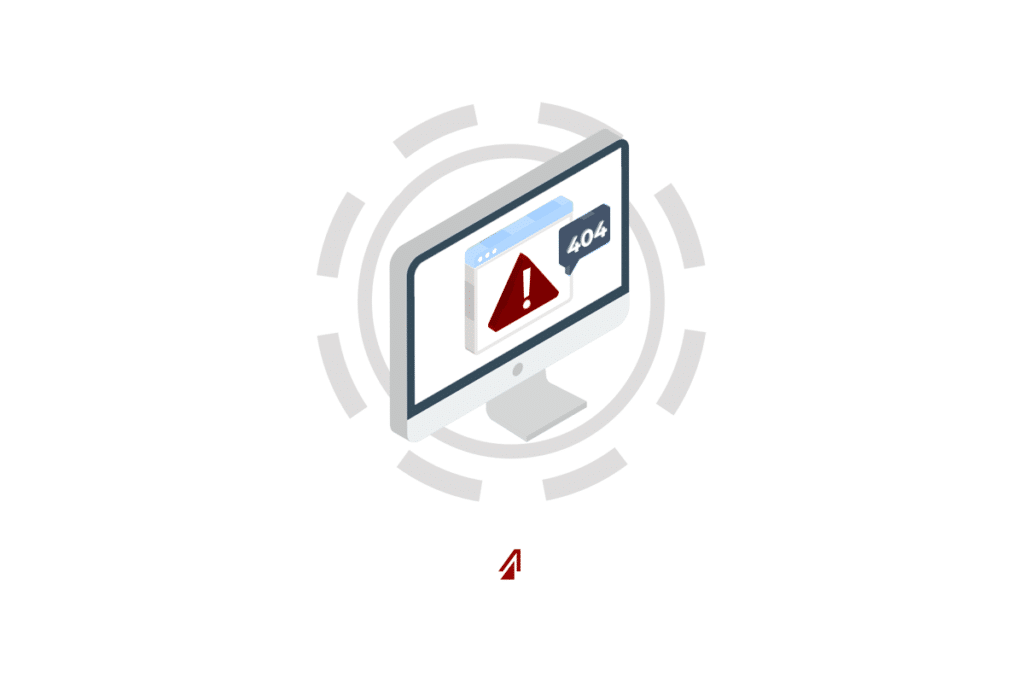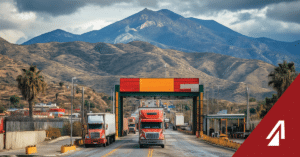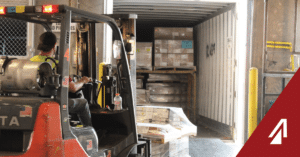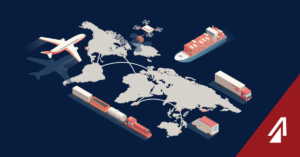Saving money is one of most companies’ top priorities. If yours is like most companies, your shipping costs are skyrocketing. Fewer drivers are available and fuel prices are rising. These, and other charges, often cut into your bottom line. While it may seem like these outside forces are inevitable, there are plenty of things your company can do to combat the rise in supply chain prices. Most companies make a few common mistakes and end up paying more than they have to for their supply chain management service. Take a look at these five common supply chain mistakes and see some ways you can save your company money.
#1 – Discover Your Customer’s Needs and Do Not Overprovide
This first thought seems counter-intuitive. You may be thinking, “If I meet my customer’s needs, would it not be better to meet their needs, and then some?” Conventional wisdom is yes – more is better! But, leaving the thought at that is wrong. Going above and beyond what your customer expects can be a delight, but it is imperative that you give the customer what they want – not what you think they want.
Dr. Noriaki Kano, Quality Assurance expert, broke down the customer need hierarchy into three categories – expected needs, normal needs, and exciting needs.
• Expected needs are the basics – a restaurant must serve food and be clean enough to eat in – anything short of this and the customer will not use your product or service.
• Normal needs are the desires customers have for their product or service – customer wants a thin crust pizza in the restaurant – these are the main focus of what companies provide and what you want to meet.
• Exciting needs are delights that go over and above what a customer asks for – thin crust pizza with four free toppings – these are what set you apart and are where many companies waste money.
Companies try and impress their customers by going above and beyond with customer service and it ends up costing more than the ROI is worth. This may be because they are providing product features or services that do not add value to the customer. For instance, in logistics, many customers would be satisfied with shipping consolidated freight. They often do not ship many pallets or are not in a great hurry to receive the freight. But, in an effort to delight their customers, many shippers will expedite their freight. These options cost the shipper considerably more and do not add overall to the customer value. So, when it comes to your customer, find out what their needs are and meet them specifically.
#2 – Many Companies Do Not Have a Centralized Supply Chain Strategy
One of the most prevalent supply chain issues companies have is not having a centralized strategy. Without an overall strategy, hasty decisions are made on the spot, loads are needlessly expedited, and you do not have the visibility you need. Many of these shipments are managed load-by-load and costs can get away from you before you know it.
So, it is vital that you develop a supply chain strategy that both meets your customers’ needs and your own objectives. Your strategy should:
• Establish a procedural system for how each load should be handled – often by volume, velocity, mode, or carrier
• Be adaptable for changes in your customers’ needs or market demands
• Leave yourself flexibility for optimal decision making
• Be understandable to each department – they should recognize how they fit into the supply chain strategy
Once your loads are managed as a system, costs are easier to track and cut where necessary. One tool you will need to help manage your costs is a TMS.
#3 – Most Companies Do Not Use TMS Software
A TMS, or transportation management system is crucial to cost savings for any supply chain. The TMS is the central hub for all your company’s supply chain activities including:
• Scheduling Loads
• Booking Carriers
• Managing Loads in Transit
• Following Up with Loads
• Load History
TMSs can aggregate data from multiple sources and compile that data into usable customized reports for your company to make informed decisions regarding costs, performance, safety, and other critical factors. This tool is absolutely essential for load/lane visibility, but most companies do not have or use one.
Many companies say the cost to create and maintain a TMS prevents them from using one, and they have a point. However, the cost for not using one is higher than you would think. Without a TMS, these companies often rely on localized data (not available to everyone) and overspend for carriers because they do not have critical information available to make an informed decision. They rely on spot bids or familiar carriers instead of finding optimized solutions for each load.
TMSs do not need to be cost prohibitive though. A common solution is to partner with a 3PL, like ProTrans, and take advantage of their TMS systems. With an established system in place, many companies benefit from a fully functioning database without the cost of creation or maintenance. Using a TMS gives companies the visibility they need to ensure they are making the best decision possible.
#4 – Many Companies Rely on a Small Carrier Base
Many companies make the costly mistake of relying on a small group of carriers to handle their loads. Over time, they develop a relationship of familiarity and trust with certain carriers. But, that trust can cause many issues such as blinding them from their carrier’s rising costs or deteriorating service and limiting them to their carrier’s capacity. Some ways to combat this are to widen your carrier base with help from a 3PL.
• Partnering with a 3PL can expand your carrier network from a local area to nationwide coverage; and they can drive down costs by leveraging their carriers for better deals on your behalf.
• Adding flexibility to your supply chain prevents carrier failures from affecting your relationship with your customers and your bottom line. 3PLs can give you flexibility and help provide you alternative coverage, so your commitment to your customers is not interrupted and your channel can continue to flow.
• Using a 3PL’s nationwide network, you are not limited to your local carrier’s capacity and the costs that come with it. 3PLs can source carriers from around the country, even in peak seasons, and find you the option that works best for you.
#5 – Most Companies Are Not Measuring Supply Chain Performance
There is a famous quote by management guru, Peter Drucker, that says “What gets measured gets managed.” Unfortunately, this idea is often not applied to companies’ supply chains. Many of these companies build on the four mistakes previously mentioned until their supply chains become almost chaotic – leaving these companies beyond control. When they lose control, costs go up trying to wrangle them back. An effective way to combat chaotic performances is to develop Key Performance Indicators.
Key Performance Indicators, KPIs, are quantifiable, easily obtained measurements that researchers can perform to evaluate processes and systems compared to company goals. For your supply chain, KPIs could include things like:
• Price Points
• On-time Percentages
• Safety Scores
• Overall Value Added to Your Company
Whichever indicators you choose, they should be unique and specific to your company. Good KPIs will be recognized across your organization as meaningful and relevant metrics, understood and performable across various departments, and are used to drive focus and performance improvement. Once your team has established its objectives, it needs to measure how well it is currently meeting those objectives to know how to change and improve.
Many companies are hesitant to change, and therefore are afraid to measure where they are. They are afraid that they change will cost too much or that the way they do things now is “good enough.” That is the wrong way of thinking. If you are constantly losing money but want to remain in business, it is imperative to determine the source of your weaknesses so they can be fixed. Also, it will cost much more for the company to dissolve than to make necessary changes.
It is important to see that while logistics costs are rising, there are ways of saving money. Many excessive supply chain costs are systemic issue like companies not knowing what their customers actually want and not knowing how to meet their needs. They cannot develop a strategy backed by a central database to give them important useful quantifiable data, like rates and performance records. Many are trapped with limited carrier pools and fear making the necessary changes to save money. Companies need to see that these types of issues are where they lose money. These problems seem large, overall, but can be an easy fix. Many of these mistakes require thorough communication and planning within an organization and with their customers to correct. Another solution is to partner with a 3PL and let them assist. However you pursue these changes, make sure your team is on board and understands what you are doing and why. Once that happens, you can begin to save money on your supply chain.



